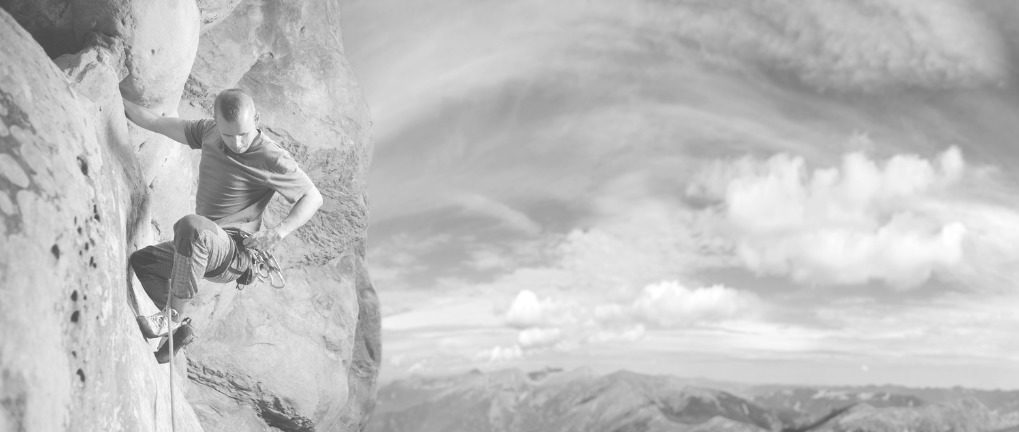 In order to change something in your life, you often have to come to grips with how it got there. It can be helpful to remember that as human beings, we are always trying to find the meaning of what happens in our lives, and why. We are “meaning creating” beings. The more we understand how we create meaning, how we identify what is important to us and why, the more we can understand the story of our own life (and the story of other people’s lives, as well).
In order to change something in your life, you often have to come to grips with how it got there. It can be helpful to remember that as human beings, we are always trying to find the meaning of what happens in our lives, and why. We are “meaning creating” beings. The more we understand how we create meaning, how we identify what is important to us and why, the more we can understand the story of our own life (and the story of other people’s lives, as well).
I’ve found these 12 steps helpful in understanding how and why certain events, people, places and beliefs helped shape the story of my life, and the lives of my clients.
- We have certain innate, inborn characteristics. Others develop with time.
- Our goal is always to preserve our life at the safest level we can find.
- To be safe, we seek to avoid pain and promote pleasure. But when given a choice between the two, the desire to avoid pain will be stronger.
- We strive to find some way to live in balance with our environment (e.g. – family, job, relationships, or any group we are a part of).
- We survive because we are able to adapt to our environment.
- Our behavior always moves with a purpose or a goal. It is a response to some stimulus in our environment. But we may not always be consciously aware that we are reacting to a stimulus.
- Our behavior is dynamic. No single act, thought or choice can be understood unless we understand the story that drives is. It is part of the overall story we have learned to tell ourselves about who we are, how life is, and how we can expect the world to treat us.
- Defenses are the ways we learn to protect ourselves from forces in our environment that we feel are unsafe, or actually are unsafe. These patterns become ingrained if repeated often enough. They become the bedrock of our story: what we fear, what we avoid and what worries us most.
- Once we recognize a pattern has been formed, we have to replace it with another, more positive pattern in order to change it. Left alone or unchallenged, our old pattern will usually reemerge. We will do what we have learned and know how to do.
- These patterns, or “habituated responses” are often triggered by events, feelings, the behavior of others, and even our own thoughts and beliefs (some of which we may consciously understand the reason for, and others not).
- Some of our memories are conscious (explicit) and we have actual, movie-like recall of persons, places and events. Some of our memories return as feelings, intuition, or a sense of something happening again (implicit). Implicit memories don’t have a “movie” that we can associate them with. Both are real, both are valid, and both drive our story.
- You are the most powerful and final author of your story. Understand your story and how it got there, and you can change it. Change your story and you change your life. Change your life and you change your world.
Photo credit: sarah_browning via Flickr
